 W
WFrancis Barber (1750–1783) was a Colonel in the Continental Army during the American Revolutionary War. He served in the Sullivan Expedition and at the Siege of Yorktown with the 3rd New Jersey Regiment. Barber was wounded at the Battle of Monmouth and then again at the Battle of Newton. He was killed in New Windsor, New York, where the army was camped in 1783, when a tree that was being cut fell on him as he was riding his horse to dine with George Washington in Newburgh, New York.
 W
WElias Boudinot was a lawyer and statesman from Elizabeth, New Jersey who was a delegate to the Continental Congress and served as President of Congress from 1782 to 1783. He was elected as a U.S. Congressman for New Jersey following the American Revolutionary War. He was appointed by President George Washington as Director of the United States Mint, serving from 1795 until 1805.
 W
WDavid Brearley was Chief Justice of the Supreme Court of New Jersey, a delegate from New Jersey to the Constitutional Convention of 1787, which drafted the United States Constitution, a signer of the United States Constitution and a United States District Judge of the United States District Court for the District of New Jersey.
 W
WLambert Cadwalader was an American merchant and leader in New Jersey and Pennsylvania. He fought in the Revolutionary War, then represented New Jersey in the Continental Congress and the U.S. Congress.
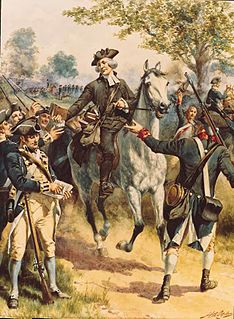 W
WJames Caldwell was a Presbyterian minister who played a prominent part in the American Revolution.
 W
WJohn Cochran was the 4th Surgeon General of the United States Army during the American Revolution. He was president of the Medical Society of New Jersey from 1769 to 1770, and was re-elected in 1770 and served until 1771.
 W
WFranklin Davenport was a Federalist Party United States Senator and US Representative from New Jersey.
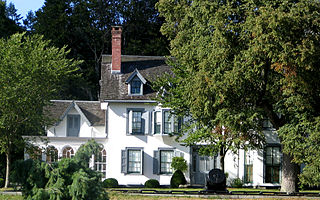 W
WRobert Erskine (1735–1780) was a Scottish inventor and engineer who came to the British colonial Province of New Jersey in 1771 to run the ironworks at Ringwood, New Jersey. He subsequently became sympathetic to the movement for independence. In 1776 during the American Revolutionary War he designed an underwater cheval-de-frise that was installed across the Hudson River at the north end of Manhattan to prevent passage of British ships upriver.
 W
WMargaret Kemble Gage (1734–1824) was the wife of General Thomas Gage, who led the British Army in Massachusetts early in the American Revolutionary War. She was born in New Brunswick, Province of New Jersey and resided in East Brunswick Township. She died in England in 1824. Mrs. Gage was a gateway ancestor to centuries of English nobility who have Dutch and Huguenot ancestry from what was once New Netherlands and later the Thirteen Colonies of British North America.
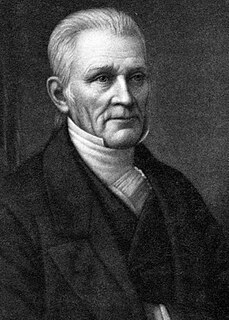 W
WRobert Gibbon Johnson, also known as Colonel Johnson, was an American gentleman farmer, historian, horticulturalist, judge, soldier and statesman who lived in Salem, New Jersey. He is especially renowned for the apocryphal story that he publicly ate a basket of tomatoes at the Old Salem County Courthouse in 1820 to demonstrate that they were not poisonous, as was supposedly commonly thought at the time. He was a keen antiquarian and wrote a history of Salem – An Historical Account of the First Settlement of Salem, in West Jersey – which was published by Orrin Rogers in 1839.
 W
WTimothy Matlack was a brewer and beer bottler who emerged as a popular and powerful leader in the American Revolutionary War, Secretary of Pennsylvania during the war, and a delegate to the Second Continental Congress in 1780. He became one of Pennsylvania's most provocative and influential political figures, but he was removed from office by his political enemies at the end of the war; however, he returned to power in the Jeffersonian era. Matlack was known for his excellent penmanship and was chosen to inscribe the original United States Declaration of Independence on vellum.
 W
WCharles McKnight was an American physician during and after the American Revolutionary War. He served as a surgeon and physician in the Hospital Department of the Continental Army under General George Washington and other subordinate commanders. McKnight was one of the most respected surgeons of his day and was remembered by one colleague as "particularly distinguished as a practical surgeon … at the time of his death (he) was without a rival in that branch of his profession."
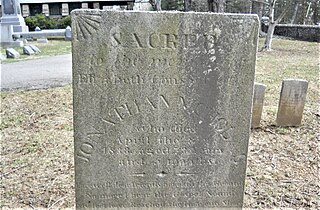 W
WJonathan Nicholas was an early settler of Flanders, New Jersey and a sergeant in the American Revolutionary War.
 W
WCharles Pettit was an American lawyer and merchant from New Jersey and Philadelphia, Pennsylvania. He served as a delegate for Pennsylvania to the Confederation Congress from 1785 to 1787.
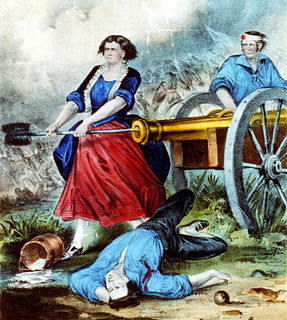 W
WMary Ludwig Hays was a woman who fought in the American War of Independence at the Battle of Monmouth. The woman behind the Molly Pitcher story is most often identified as Hays, but it is likely that the legend is an amalgam of more than one woman seen on the battlefield that day.
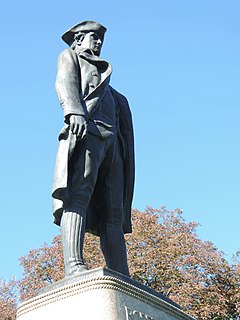 W
WRobert Richard Randall was a noted sea captain in life, and, after his death in New York City on June 5, 1801, an important philanthropist, caring for thousands of retired seafarers.
 W
WCasper Shafer was among the first settlers of the village of Stillwater along the Paulins Kill in Sussex County, New Jersey in the United States. A successful miller and early tavern owner, Shafer later served in the first sessions of the New Jersey Legislature during the American Revolution. During these sessions, New Jersey had become a newly independent state, established the first state constitution, ordered the state's last Royal Governor deposed and arrested, and actively supported and financed the Continental Army.
 W
WOliver Spencer was a New Jersey officer during the American Revolutionary War and received a special commission to enlist and lead one of 16 Additional Continental Regiments. He was born in Connecticut and later moved to New Jersey, where he married Anna Ogden and became a tanner. He joined the revolutionary cause and engaged a British force in December 1776 as a major of New Jersey militia. On 15 January 1777 during the Forage War, his militiamen captured 70 German mercenaries. That month George Washington authorized him to recruit Spencer's Additional Continental Regiment. As colonel, he led this unit at Brandywine and Germantown in 1777 and Monmouth in 1778. His regiment participated in the Sullivan Expedition in 1779 and was disbanded at the beginning of 1781. The conflict having ruined his home and his tanning business, he moved to Ohio, where he served as a probate judge and militia commander. He was the nephew of General Joseph Spencer.
 W
WCharles Stewart (1729–1800) was an officer during the American Revolutionary War and a Continental Congressman.
 W
WRichard Varick was an American lawyer, military officer, and politician who has been referred to as "The Forgotten Founding Father." A major figure in the development of post-Independence New York City and State, Varick became the 45th Mayor of New York City in 1789 and served eleven consecutive one-year terms until 1801.